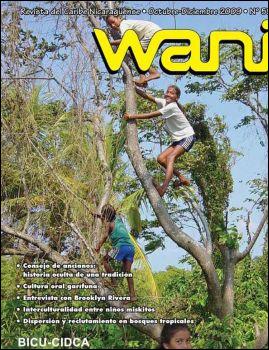Scattering ecology and recruitment of tropical humid forests
DOI:
https://doi.org/10.5377/wani.v59i0.256Keywords:
Ecological research, Forest resources, Human resources development, Natural hazards, Seed dispersalAbstract
This article indicates the results of a research program, in which the procedures and mechanisms involved in the dynamic regeneration of the tropical humid forest, are quantified and analyzed. The results of the field observation indicate that the seeds were accumulated by bats in palm trees, where they rest. A fraction of these seeds was eaten by land mammals and another part was dispersed, for it was not found. The scattering of the seeds by land mammals reduced their mortality. The results indicate that the seed dispersal far from the closest congeneric tree its correlated with high survival rates of seedlings and low damage rates caused by insectivorous herbivory. The existence of spiders in the seedlings was correlated with low levels of insectivorous herbivory. The sprout, which is the subsequent growing stage, presented a random recruitment distribution and low insectivorous herbivory rates.
Downloads
1537
Downloads
Published
How to Cite
Issue
Section
License
Copyright (c) 2024 Bluefields Indian and Caribbean University

This work is licensed under a Creative Commons Attribution-NonCommercial-ShareAlike 4.0 International License.




